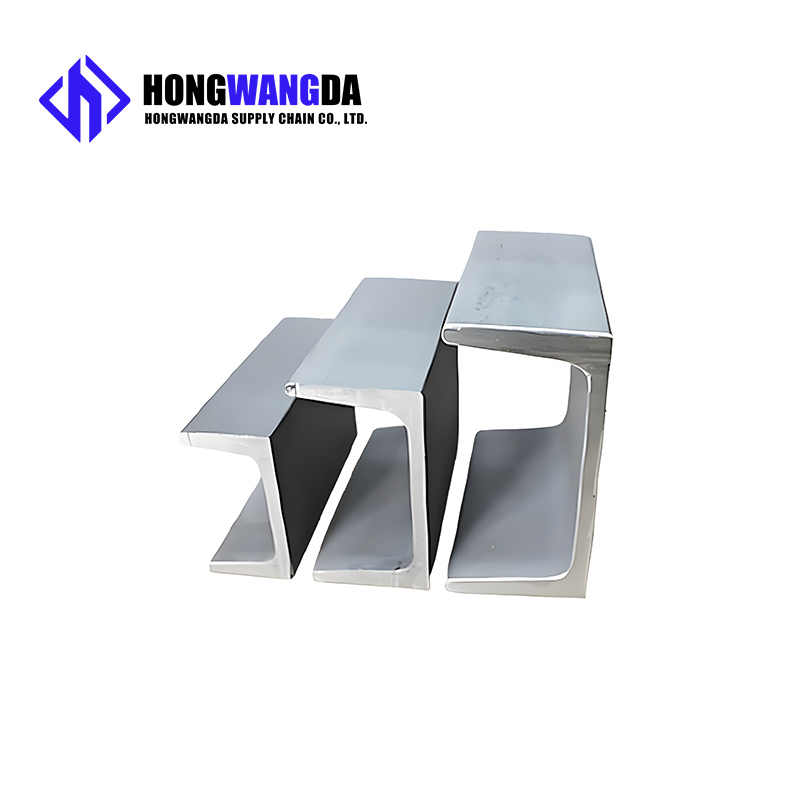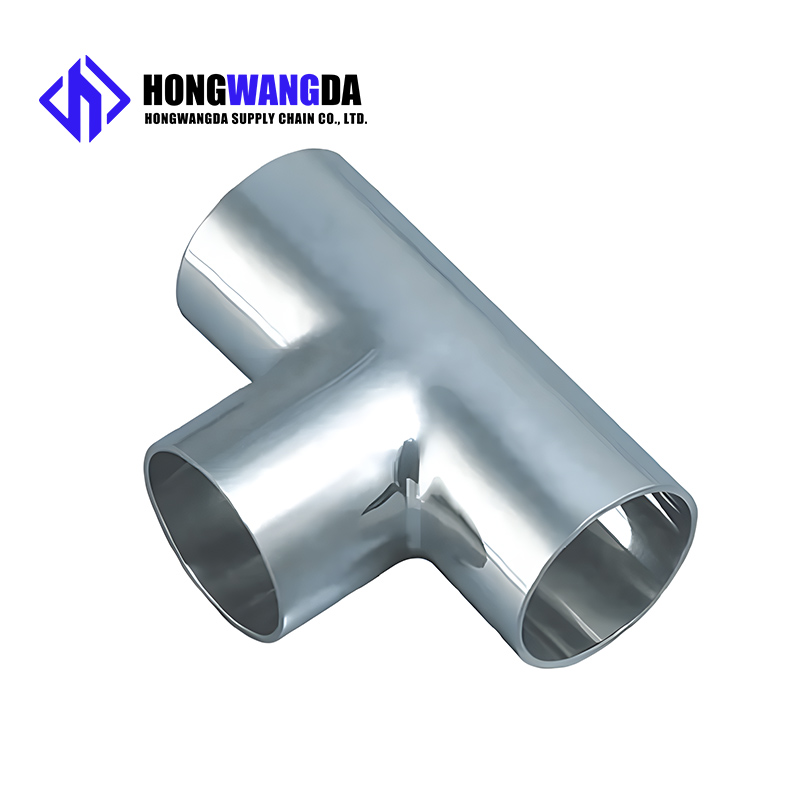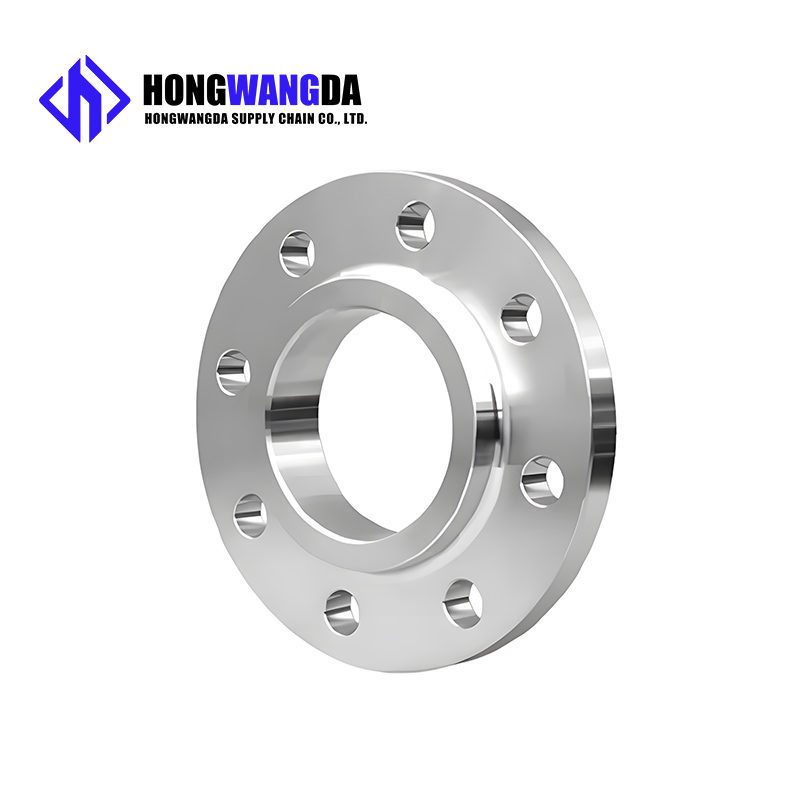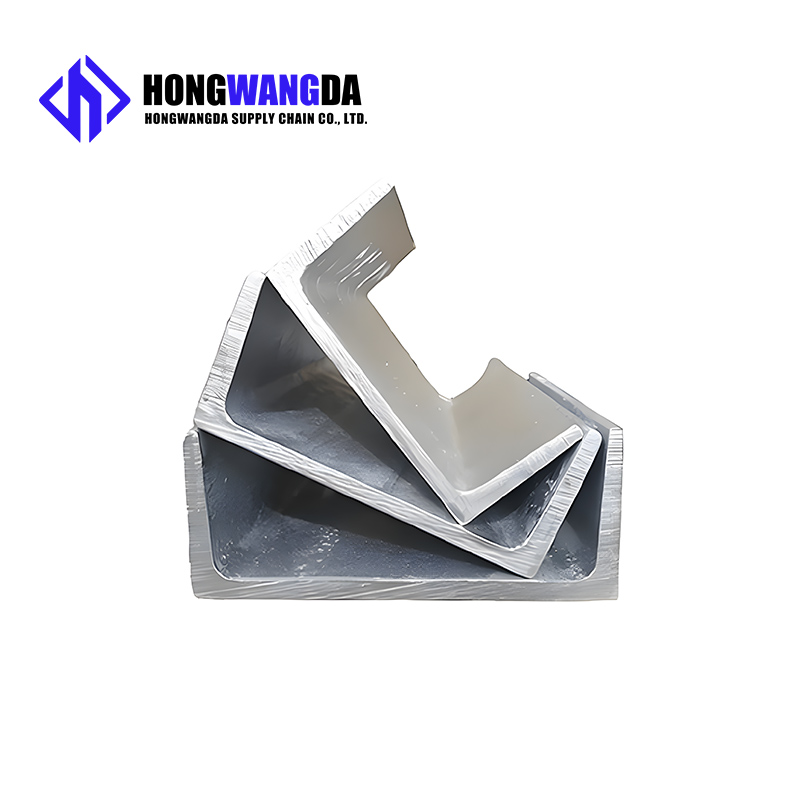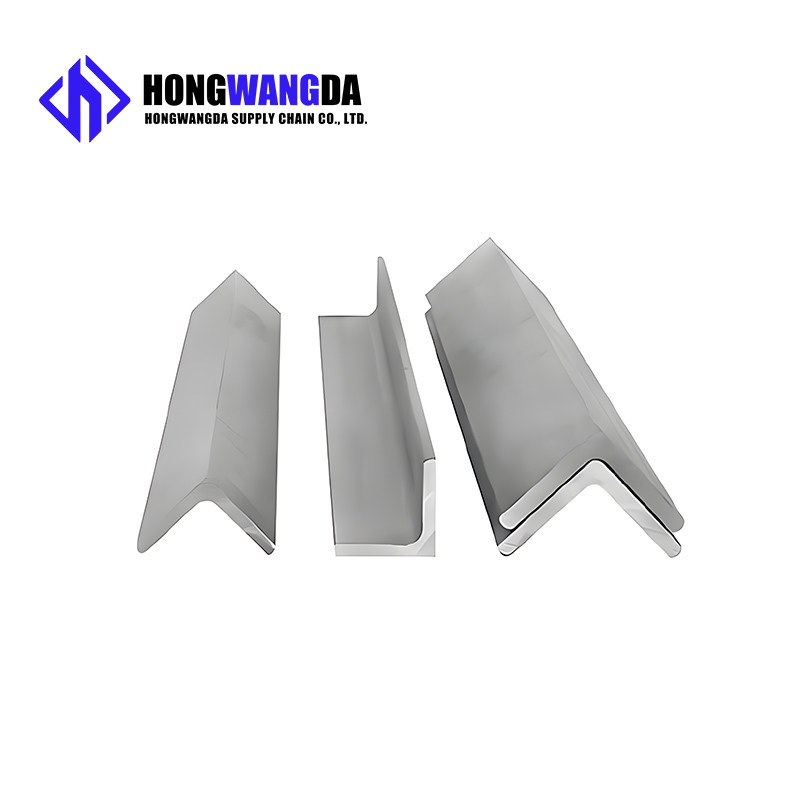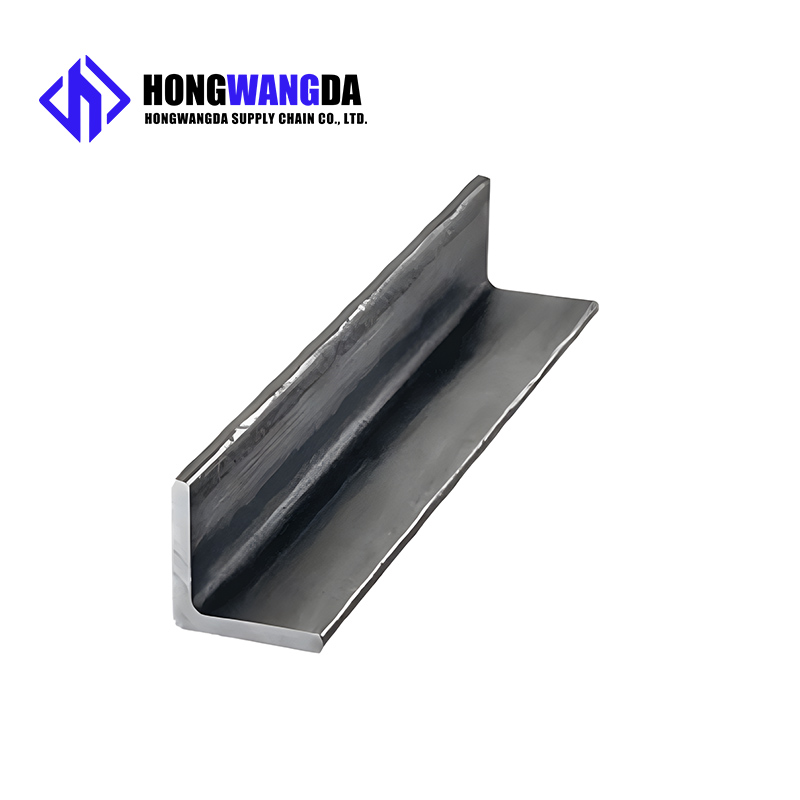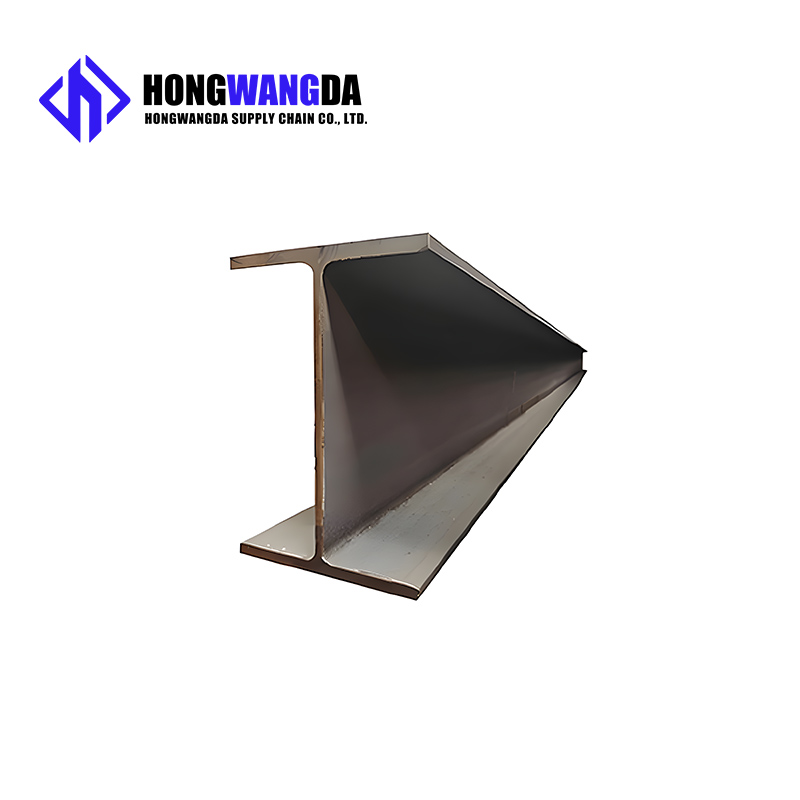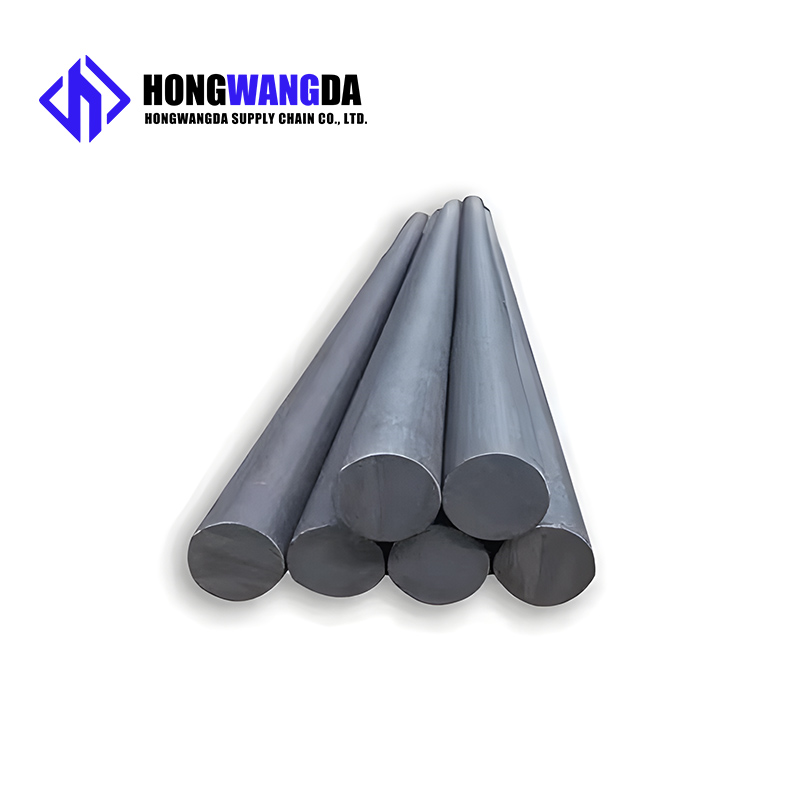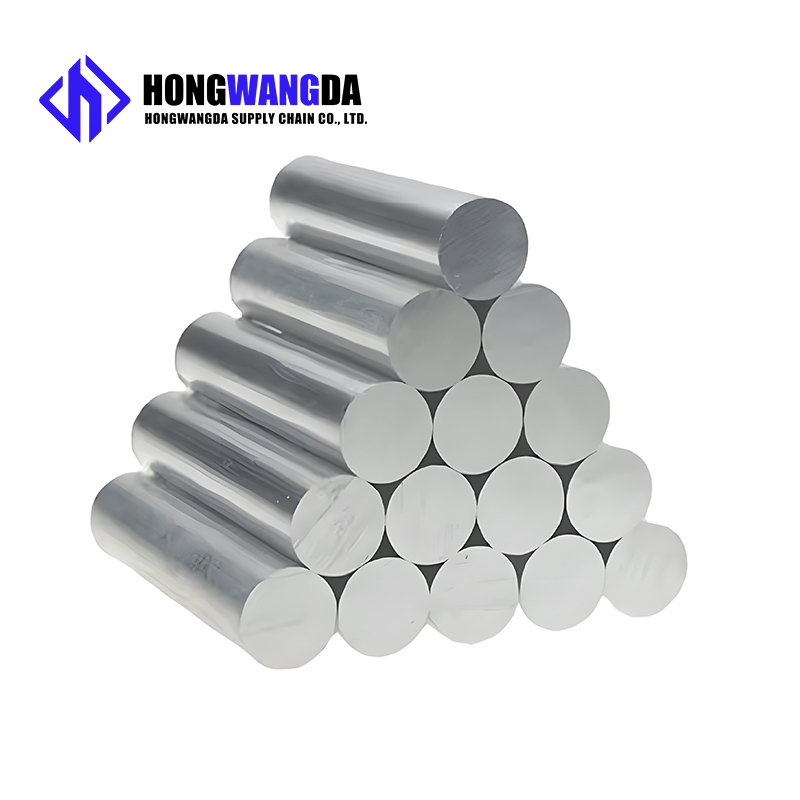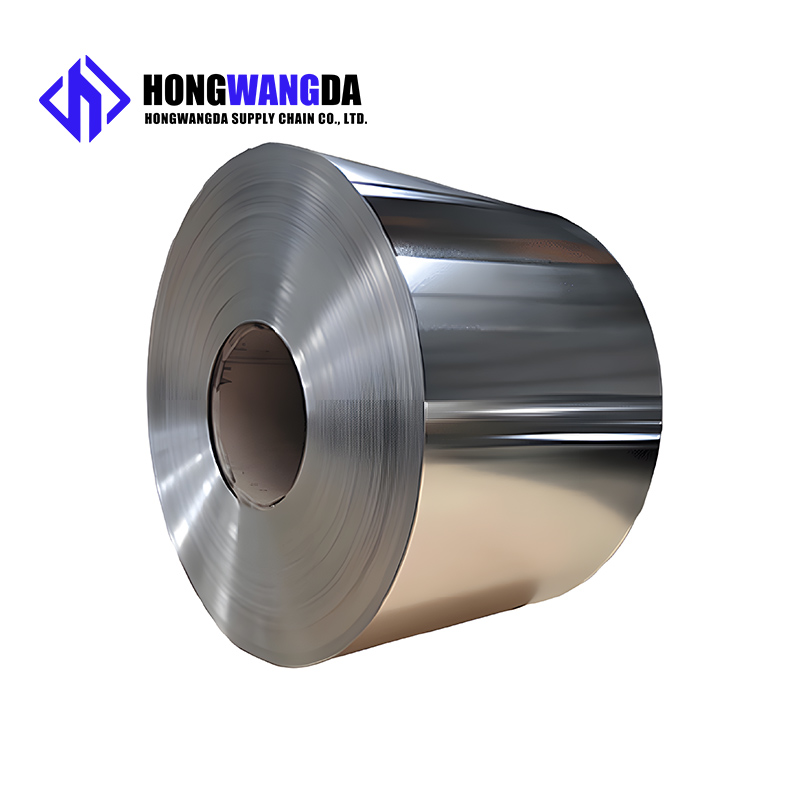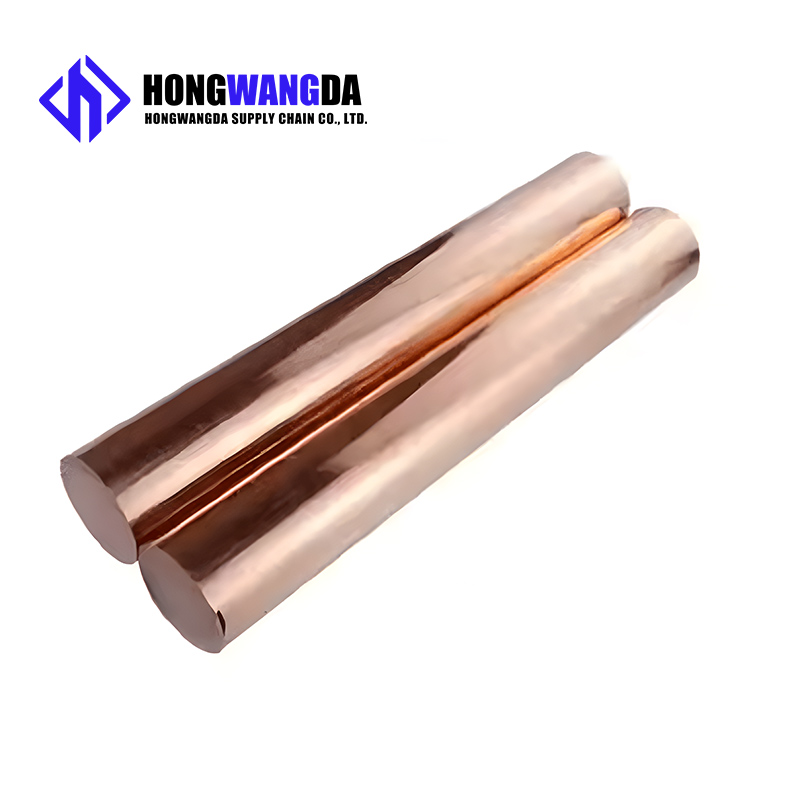◉ PRODUCT SPECIFICATION
1. Material Standards & Grades
Primary Standards:
ASTM F290 - Standard Specification for Nickel and Nickel Alloy Welding Wire
ASTM B160 - Standard Specification for Nickel Rod and Bar
GB/T 3116 - Nickel and Nickel Alloy Wire
EN 10095 - Nickel and Nickel Alloys
Common Material Grades:
2. Chemical Composition (% by weight)
3. Mechanical Properties
4. Physical Properties
5. Manufacturing Processes
Production Methods:
Hot rolling of nickel billets
Cold drawing through diamond dies
Intermediate annealing
Final sizing and spooling
Process Flow:
Raw Material Inspection → Hot Rolling → Pickling
→ Cold Drawing → Intermediate Annealing → Fine Drawing
→ Final Annealing → Spooling → Testing → Packaging
6. Technical Specifications
7. Surface Conditions
8. Applications
Industrial Applications:
Electronics: Lead wires, heating elements, connectors
Chemical: Catalyst wires, filter meshes, corrosion-resistant components
Aerospace: High-temperature fasteners, sensor wires
Medical: Surgical instruments, implants, dental tools
Glass: Molded glass seals, support wires
Welding: Filler wires for nickel alloy welding
9. Testing & Inspection
Standard Tests:
Tensile testing
Diameter measurement
Surface inspection
Chemical analysis
Electrical conductivity
Spooling quality check
Optional Tests:
Metallographic examination
Corrosion testing
High-temperature performance
SALT spray testing
Third-party certification
Quality Assurance:
ISO 9001 quality management system
Complete material traceability
Batch testing and certification
Custom packaging available
Technical support provided
Special Features:
Excellent corrosion resistance
Good mechanical properties at high temperatures
Superior electrical and thermal conductivity
Good formability and weldability
Long service life in harsh environments
All nickel wires are supplied with material certificates and can be customized to meet specific application requirements.
◉ Surfcae selection
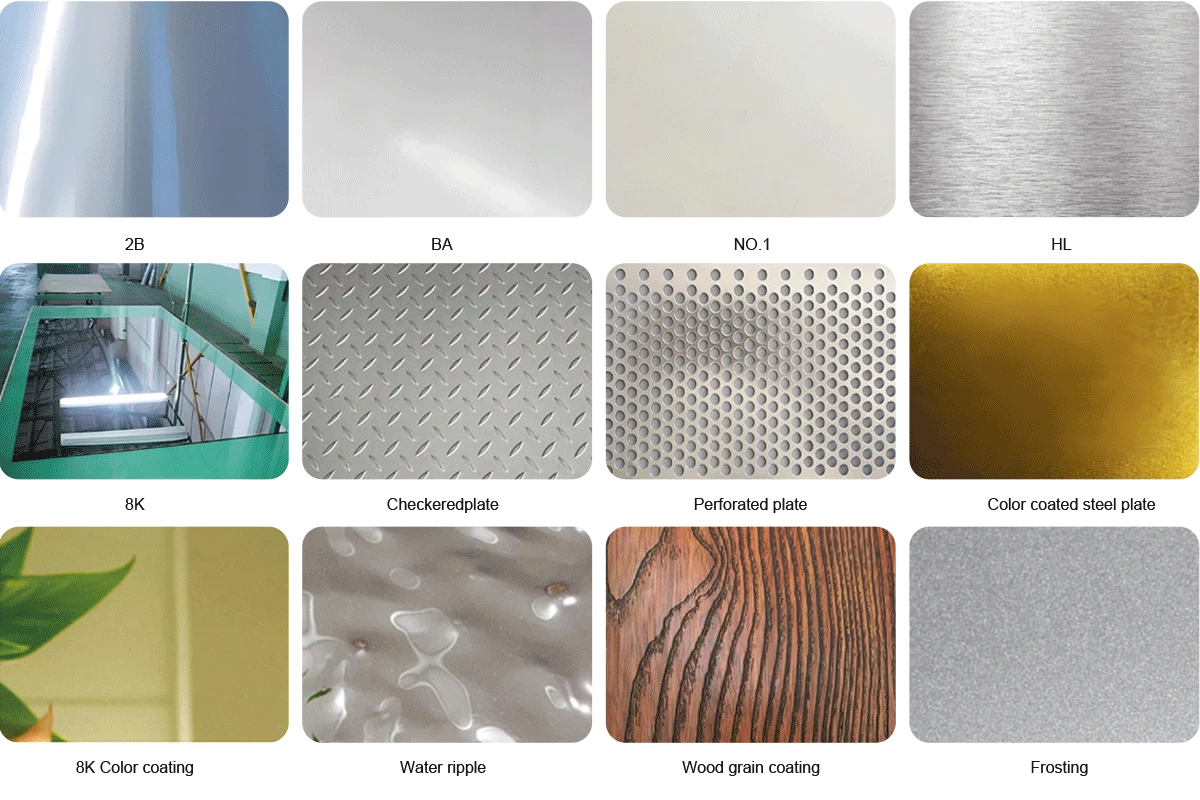
◉ PRODUCTION AND WAREHOUSING
◉ MESSAGE
◉ SIMILAR RECOMMENDED








